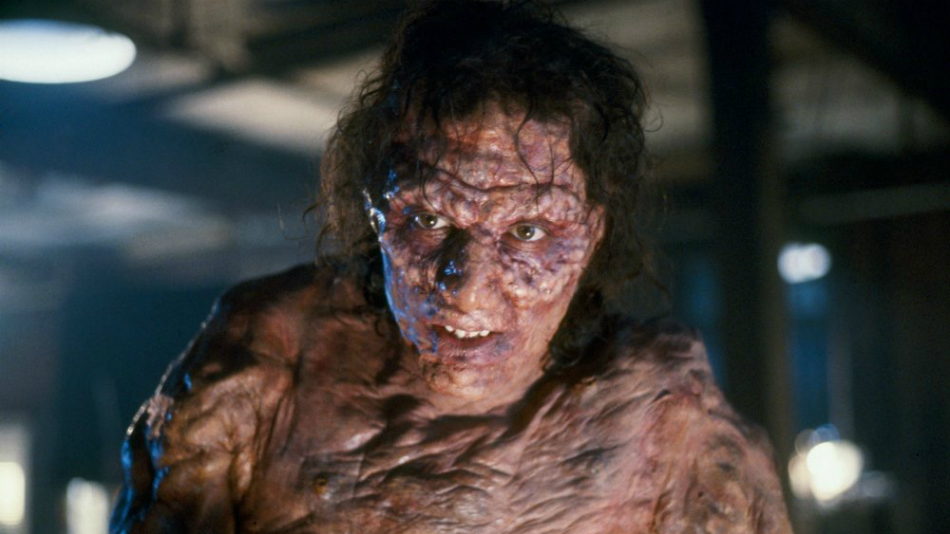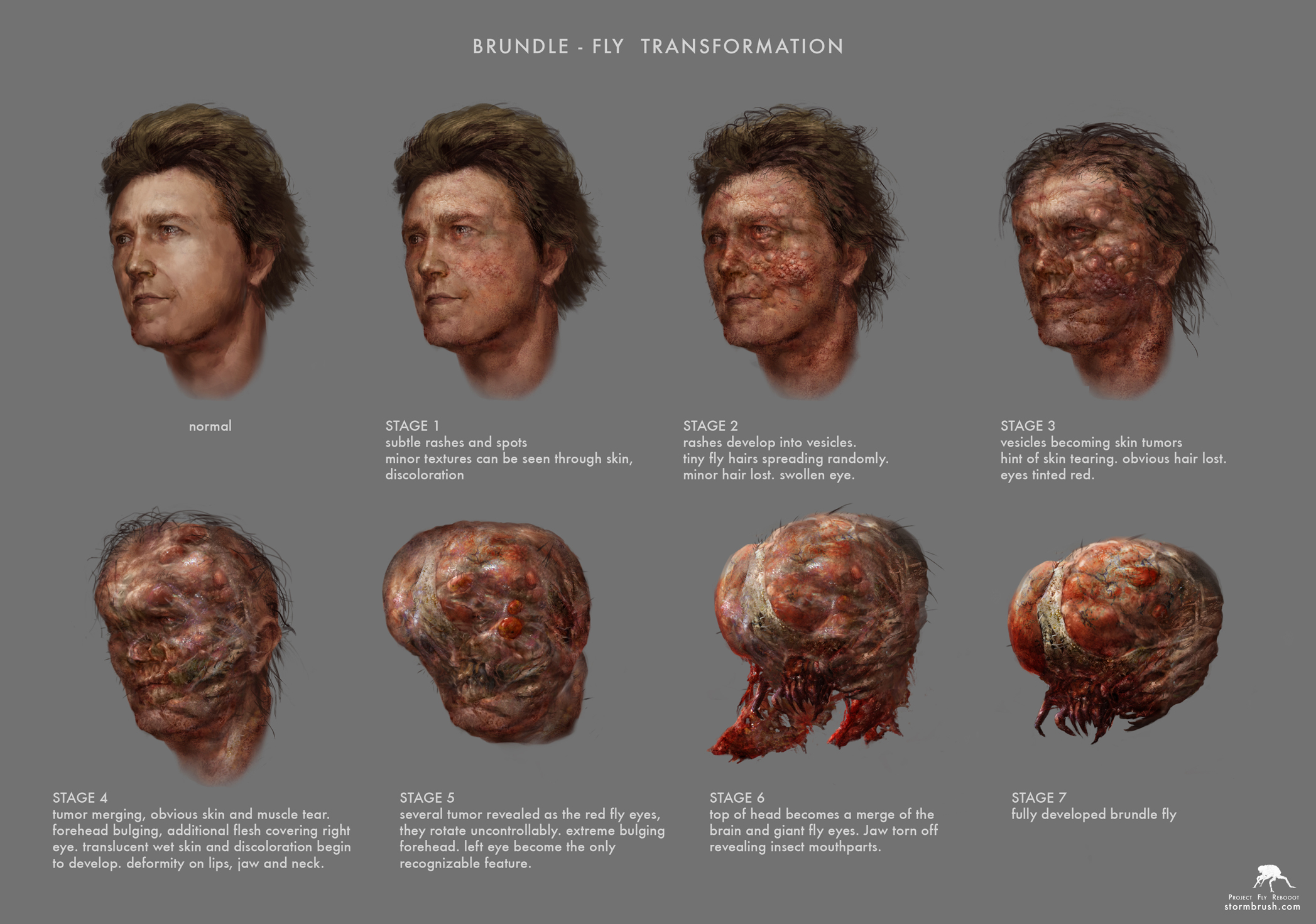This week might have been one of the most memorable ones for me thus far. The movie “The Fly” which I will get to later, will surely remain ingrained in my entire being.
The topic we covered this past week was Hollywood in the 1980’s, and the perfection of synergy. The presence of frontloading was at a Zenith during this era, which only helped the presence of synergy within Hollywood. Creating just movies, was no longer the approach that studios took. Blockbusters became a major goal that all studios worked towards. The synergy created between film entertainment and many movie-related products.

As I am writing this blog, a commercial for a Harry-Potter theme park came on the tv, and I thought how funny it is that while I am writing about frontloading, and synergy, a real-life example is being displayed to who knows how many other sets of eyes, watching this same Hollywood goal being fulfilled.
As Professor said this week, this assimilation that Hollywood underwent into a larger media communications industry lead to a loss of actual art being made. Studios were making films that were virtually free of risk, and without risk, there is no art. This period lead to conservative blockbusters becoming the normal mode of movie production.
Now, transitioning to “The Fly.” One of the first things that caught my attention in this film, was the musical score. The work that this screenwriter did with lord of the rings, does not fall on deaf ears, and he certainly brought this film to a higher height with his touch on it.
The story that this film portrays can be interpreted many ways, depending on which scenes you choose to look at the most. I believe this is true no matter what film you study. I do believe beyond a doubt however, that this film can universally be observed through the lens of the bodily horror, and the abject genre.
The main driving force behind the horror many find while watching these types of film, is the distinction between what is self, and what is other. The horror comes when, in this case the two items are literally brought together. The doctor teleporting himself unfortunately with the fly, was at first exposure, quite a miracle, and interesting no doubt. But I knew form the second I saw that the fly was in the pod with him, that the doctor would no longer be the same man that went into that pod.


I found this film startling and unsettling for may reasons. The primary reason was the title. The second I heard the buzzing of the insect for which the film was named, I knew that it would be the source for some horror, but exactly how involved it would be, I had no idea.

I saw many of the jump scares before they occurred, but they still managed to catch me off-guard. I had no idea how graphic this film would be, and even though I knew it was just special effects, it got to me. This film will without a doubt stay with me for a long time, and of nothing else, has discouraged any desire of teleporting myself that I had prior to watching this film.

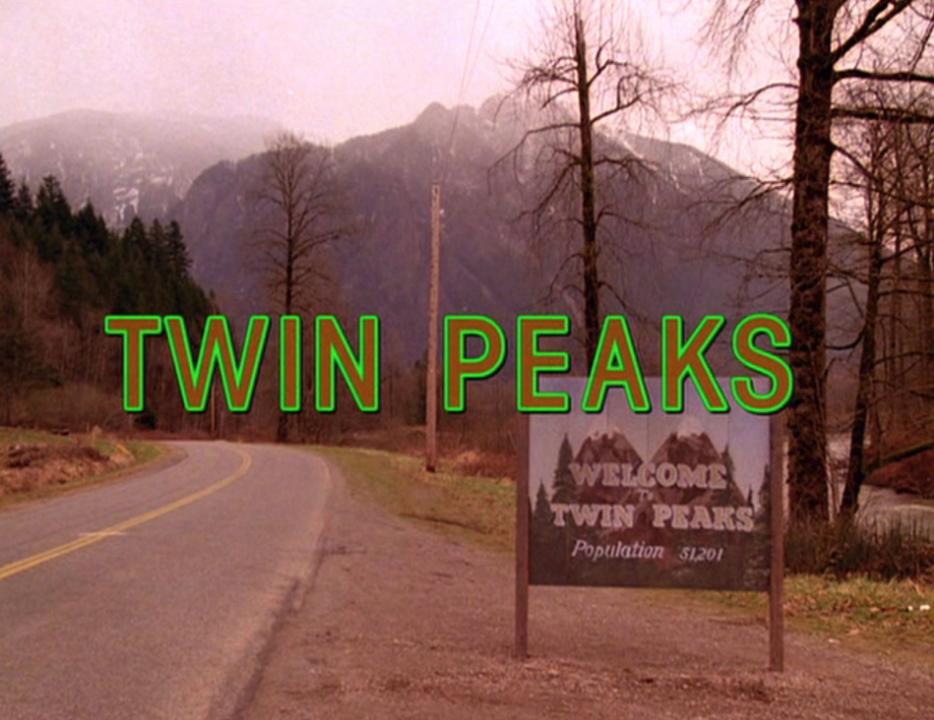
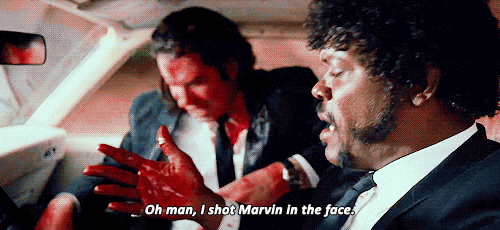
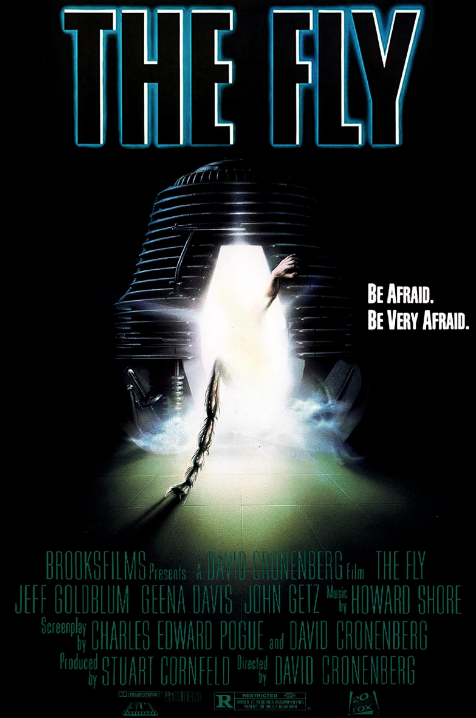
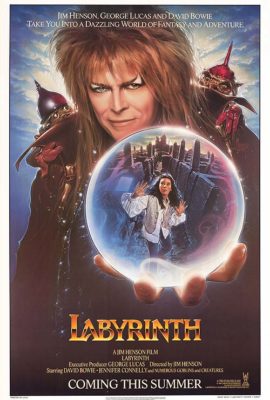 usually seem to have a bit of sci-fi/ fantasy in them. Some examples of these films are “Back to the Future”, “Ghostbusters”, “Gremlins”(one of my favorites), “The Labyrinth”
usually seem to have a bit of sci-fi/ fantasy in them. Some examples of these films are “Back to the Future”, “Ghostbusters”, “Gremlins”(one of my favorites), “The Labyrinth” 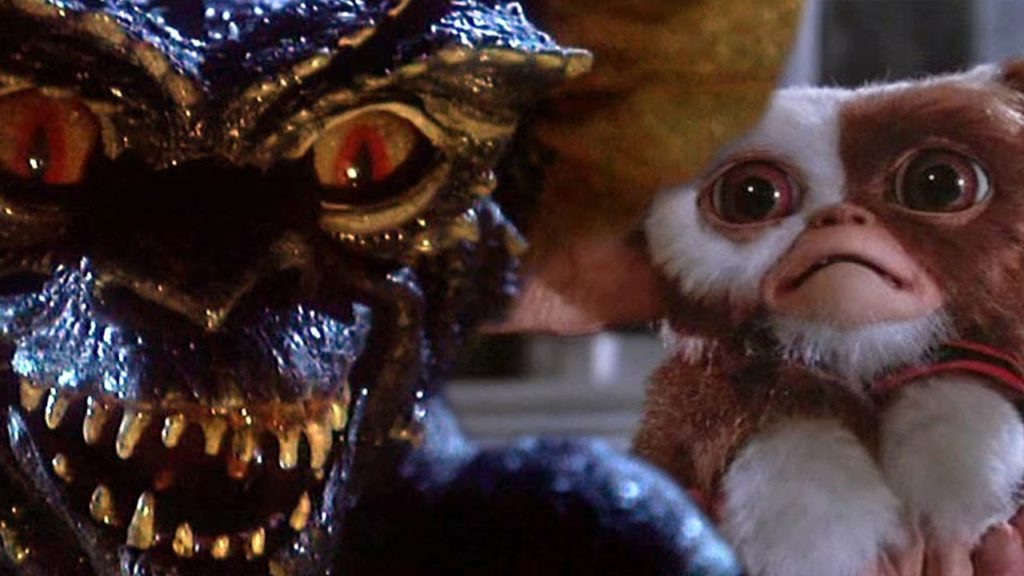 (even more of a favorite) and the movie that we were lucky enough to screen in class this week, “The Fly”. something that I love about films from the 80’s is the hopeless romance in them. This romance was heavily contrasted by horror and fear. These themes were not only played out on screen, but with the AIDS epidemic coming to play in the 80’s, this was also what was happening in real life.
(even more of a favorite) and the movie that we were lucky enough to screen in class this week, “The Fly”. something that I love about films from the 80’s is the hopeless romance in them. This romance was heavily contrasted by horror and fear. These themes were not only played out on screen, but with the AIDS epidemic coming to play in the 80’s, this was also what was happening in real life. 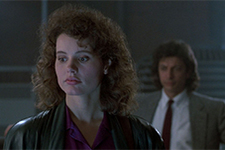 unrealistic fast moving romance of the 80’s, while also holding the extremely unrealistic and dramatic sci fi horror themes. I feel as though the pairing of the two themes is a tactic used to grab and hold the attention of several different audiences. I myself am more drawn to the romantic aspects of film, for the most part, which is why I enjoyed this film. But others who may hate romantic movies, but who love sci fi, would also find great enjoyment in this film. The love story between the two main characters, A scientist who has discovered but not perfected teleportation, and a journalist reporter trying to out his discovery until she quickly finds herself to have fallen in love with the scientist, was one that had me hooked quickly. This, also paired with the reporters own personal drama with her ex boyfriend/ boss was a great addition of drama to keep me interested throughout the entirety of the film. This film did an amazing job at holding a good amount of action from beginning to end, never trailing off or slowing down much. The special effects that became more and more apparent
unrealistic fast moving romance of the 80’s, while also holding the extremely unrealistic and dramatic sci fi horror themes. I feel as though the pairing of the two themes is a tactic used to grab and hold the attention of several different audiences. I myself am more drawn to the romantic aspects of film, for the most part, which is why I enjoyed this film. But others who may hate romantic movies, but who love sci fi, would also find great enjoyment in this film. The love story between the two main characters, A scientist who has discovered but not perfected teleportation, and a journalist reporter trying to out his discovery until she quickly finds herself to have fallen in love with the scientist, was one that had me hooked quickly. This, also paired with the reporters own personal drama with her ex boyfriend/ boss was a great addition of drama to keep me interested throughout the entirety of the film. This film did an amazing job at holding a good amount of action from beginning to end, never trailing off or slowing down much. The special effects that became more and more apparent 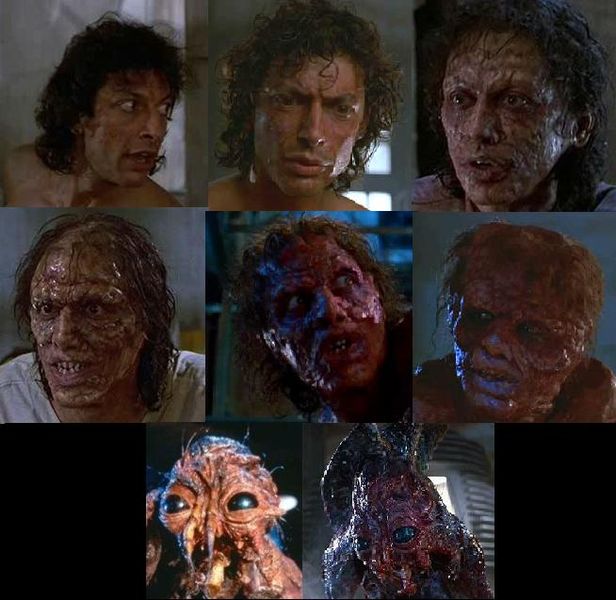 throughout the film as the scientist was morphed into a human sized fly after accidently teleporting himself with a fly in his teleportation machine, were just how special effects of the 80’s always looked. Very costume like, almost too much to take seriously, which gives a cheesy horror vibe which is a characteristic of old horror films that I love. Overall, I had a great time watching this film, the love story continued through to the very end where the audience gets to really feel the heartbreak of the ending of the relationship between the two main characters when the reporter is forced to shoot the scientist, as his body had completely changed into that of a fly’s, and he was deteriorating in front of her, grabbed the gun himself and held it to his own head, asking her to shoot him. A truly heartbreaking ending to this rollercoaster of a film.
throughout the film as the scientist was morphed into a human sized fly after accidently teleporting himself with a fly in his teleportation machine, were just how special effects of the 80’s always looked. Very costume like, almost too much to take seriously, which gives a cheesy horror vibe which is a characteristic of old horror films that I love. Overall, I had a great time watching this film, the love story continued through to the very end where the audience gets to really feel the heartbreak of the ending of the relationship between the two main characters when the reporter is forced to shoot the scientist, as his body had completely changed into that of a fly’s, and he was deteriorating in front of her, grabbed the gun himself and held it to his own head, asking her to shoot him. A truly heartbreaking ending to this rollercoaster of a film. 
